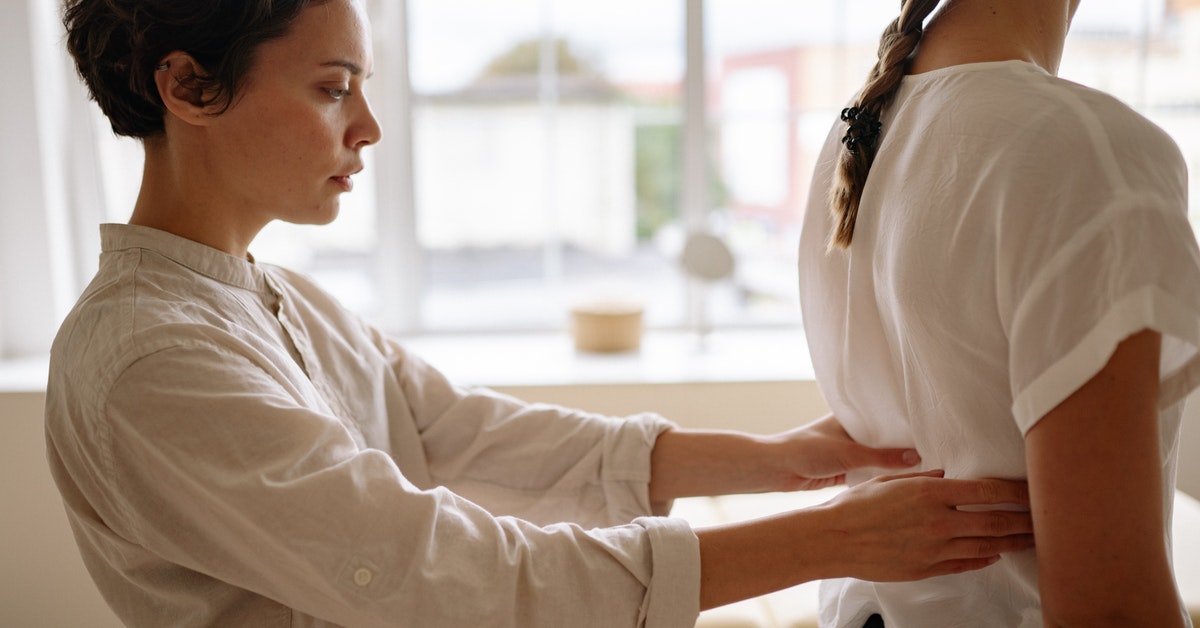The back is a complex and strangely delicate piece of engineering. Your back comprises several structures, including the vertebrae, spinal cord and nerves, joints, discs, and soft tissues. The more you know about the anatomy of your back, the better you’ll be able to care for it and prevent injury.
Let’s take a closer look at your spine, the nerves it protects, and the muscles that surround it.
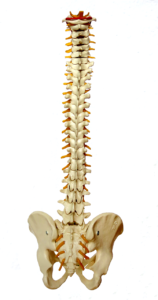
Your Spine
Your spine, sometimes referred to as your backbone, is made up of several smaller bones called vertebrae. Most people are born with thirty-three vertebrae, but by the time we reach adulthood, the vertebrae at the bottom of the spine have fused, leaving most adults with twenty-four. Each vertebra is connected to the next by facet joints and ligaments (tough, fibrous tissue that links bones together). The stacked vertebrae form a column with a tunnel through the middle to allow the spinal cord (a column of dense nerve tissue) to run from your brain to the base of the spine. One of the spine’s key jobs is protecting the spinal cord. Its other job is to support weight and movement.
Since everyday movements put a lot of wear and tear on the spine, it has some built-in protections. One of these is the spinal curves; the other is intervertebral discs. The spine is S-shaped, with the neck curving inward, the upper back curving outward, and the lower back curving inward again. These curves act as shock absorbers and help with flexibility and range of motion. Intervertebral discs are tough fluid-filled structures that sit between each vertebra. They absorb shock and keep the vertebrae properly spaced, so they don’t put pressure on delicate nerves.
All the structures above are moving parts that take the brunt of your everyday activities. As such, they are prone to injury, especially from improper lifting, bad posture, and other lifestyle habits. They can also be damaged by traumatic injuries, such as car accidents and falls.
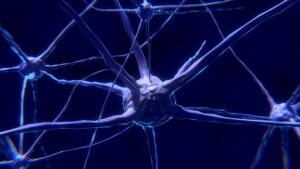
Nerves And Blood Vessels
Nerves branch off your spinal cord through small openings in the vertebrae and extend to other body systems. Your spinal cord is the hub for all the nerve signals in your body. Nerves branch off the spinal cord to connect the brain with the rest of the body. The part of the nerve nearest to the spinal cord is called the nerve root. Nerve roots can become irritated or damaged when vertebrae move out of place or discs are flattened. Numbness or tingling in the extremities is a clue that your back problem has to do with your vertebrae or discs, which may be compressing nerves. Since these nerves control other systems of the body, problems with the spine can affect things like breathing, digestion, and bladder control.
The seven vertebrae in the neck are called the cervical spine. This area differs from the rest of the spine because it includes openings for arteries as well as nerves. These arteries carry blood to the brain. The cervical spine is especially prone to injury because it holds the head’s weight without much muscle to support it. Damage to the cervical spine can affect blood flow and nerve signals leading to headaches, problems with eyesight, and chronic neck pain.

Soft Tissues
The muscles on either side of the spine are called paraspinal muscles. They support the spine and direct its movements. Together with ligaments, tendons, and other muscles, they protect the spine and hold everything in place. When these muscles are weak, the spine is more prone to subluxations (when vertebrae shift slightly out of place) and injury.
Sometimes it’s difficult to tell the difference between a muscle injury and an injury to a spinal structure. Injuries to the spine, like a herniated disc, can sometimes cause nearby muscles to spasm. Spasming is a natural protective mechanism, but it can cause severe pain. Muscle tears and strains can also cause significant pain. It’s important to know where your injury is so you can get appropriate treatment.
The lumbar spine sits above your pelvis and bears most of your weight. Lower back pain is common because it’s easy to put too much pressure on this area through heavy lifting or twisting. Keeping the muscles in the lower back strong helps to protect them from injury.
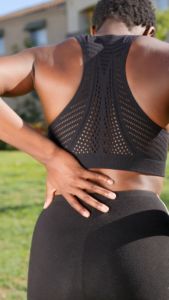
Common Back Injuries
Unfortunately, all the structures that make up the spine and back can be injured or impacted by disease. Discs can be moved out of place and “bulge,” putting pressure on nearby nerve roots. They can also tear and leak fluid. The fluid is extremely irritating to surrounding nerves and tissues and causes a burning pain sensation. These injuries can be effectively treated with chiropractic care and spinal decompression therapy. If left untreated, they may cause long-term pain.
Facet joints are structured the same as other joints in your body. They contain cartilage and lubricating synovial fluid. They can be damaged by traumatic injury or wear and tear and may develop arthritis (facet syndrome). Problems with facet joints are sometimes difficult to treat, but many patients experience pain relief from spinal decompression therapy.
Muscles, ligaments, and tendons can all be strained or otherwise injured. Muscles typically heal well because they get lots of blood flow. Tendons and ligaments can take longer to heal because they have a poor blood supply. Sometimes surgery is the only option for tendon and ligament injuries, but conservative treatments can be successful in the case of minor injuries.
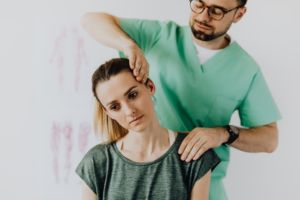
Treating Common Back Problems
For every problem listed above, there is a treatment. Spinal adjustment focuses on realigning out-of-place vertebrae. A well-aligned spine is less prone to serious injury and allows nerve signals to move freely throughout the body.
Since most spinal structures don’t receive much blood flow, treatments like spinal decompression therapy, a type of motorized traction that brings blood flow to the discs and facet joints, is used to encourage healing. Massage and cold laser therapy perform this same function for soft tissues. Even chronic back pain can be treated with non-invasive procedures.
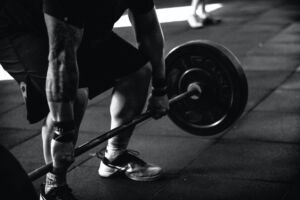
Preventing Back Injury
Of course, prevention is worth an ounce of cure. Daily steps to protect your back can save you pain and hassle down the road. Posture and muscle strength are the most important factors in preventing injury.
Posture comes into play in two ways. The first might be what springs to mind: how you sit or stand. This means you shouldn’t hunch your shoulders, slouch, or bend your neck forward to look at your phone. These postures can ruin your spinal curves and strain muscles. Postures for specific activities are also important. When lifting, pushing or pulling, or doing other strenuous tasks, keeping a neutral posture and supporting your movements with your knees, legs, and core muscles can prevent back injury. Never lift with your back. Instead, crouch down and lift with your knees. Don’t twist while lifting, pushing, or using a shovel and try not to bend from the waist for an extended period.
Keeping your core muscles (the muscle groups that support your back and abdomen) strong is the other way to prevent back pain. Strong muscles hold the spine in place better and are harder to strain. It’s important to strengthen your body evenly; you should avoid bulking up one area and leaving another smaller and weaker. Flexibility training should also be part of your back-friendly workout routine.
Chiropractic Care in Tennessee
At Stanlick Chiropractic, we provide preventative care and treatment for both acute and chronic back injuries. Schedule a consultation today to find out why a healthier back will improve your quality of life.

